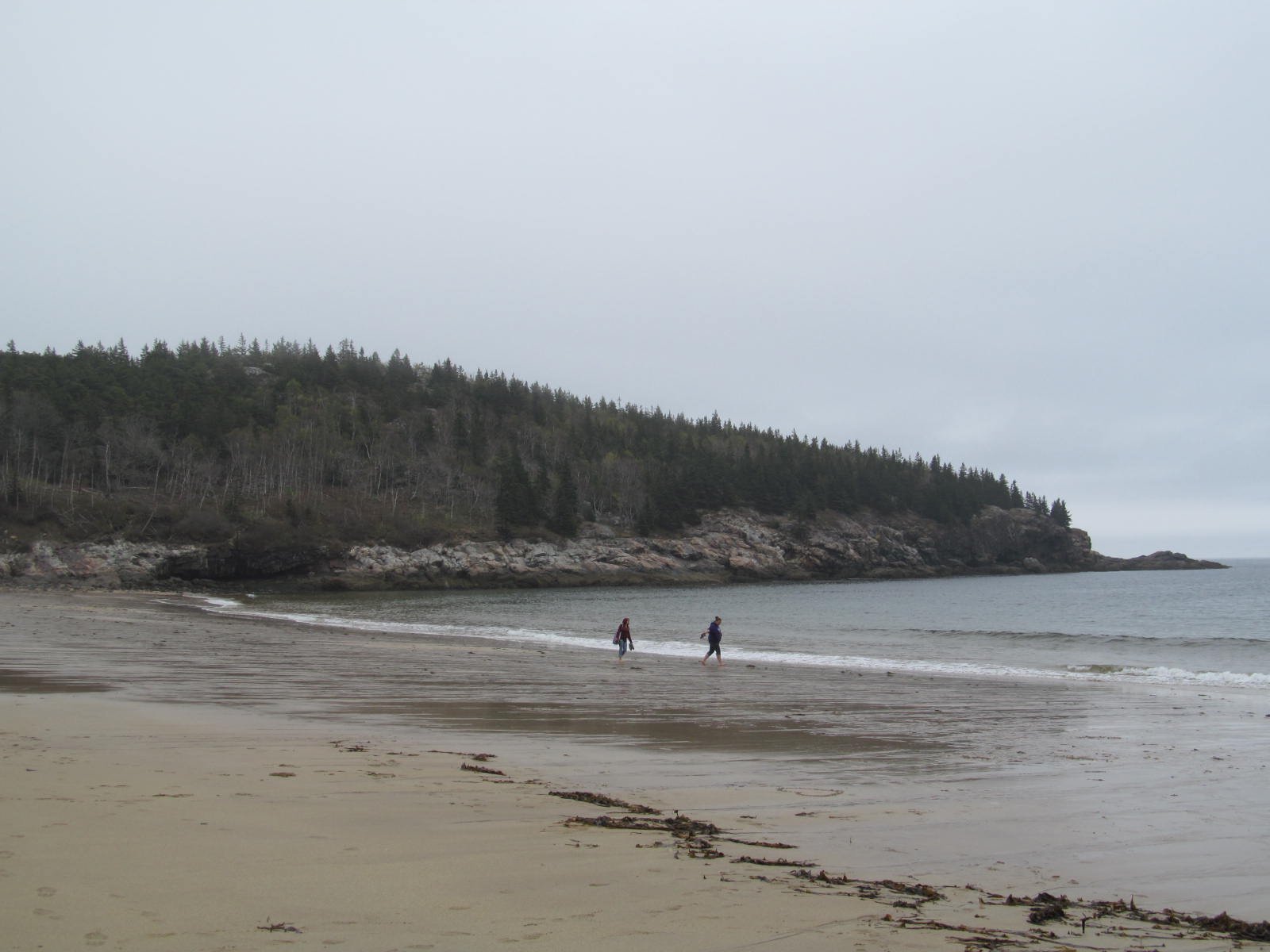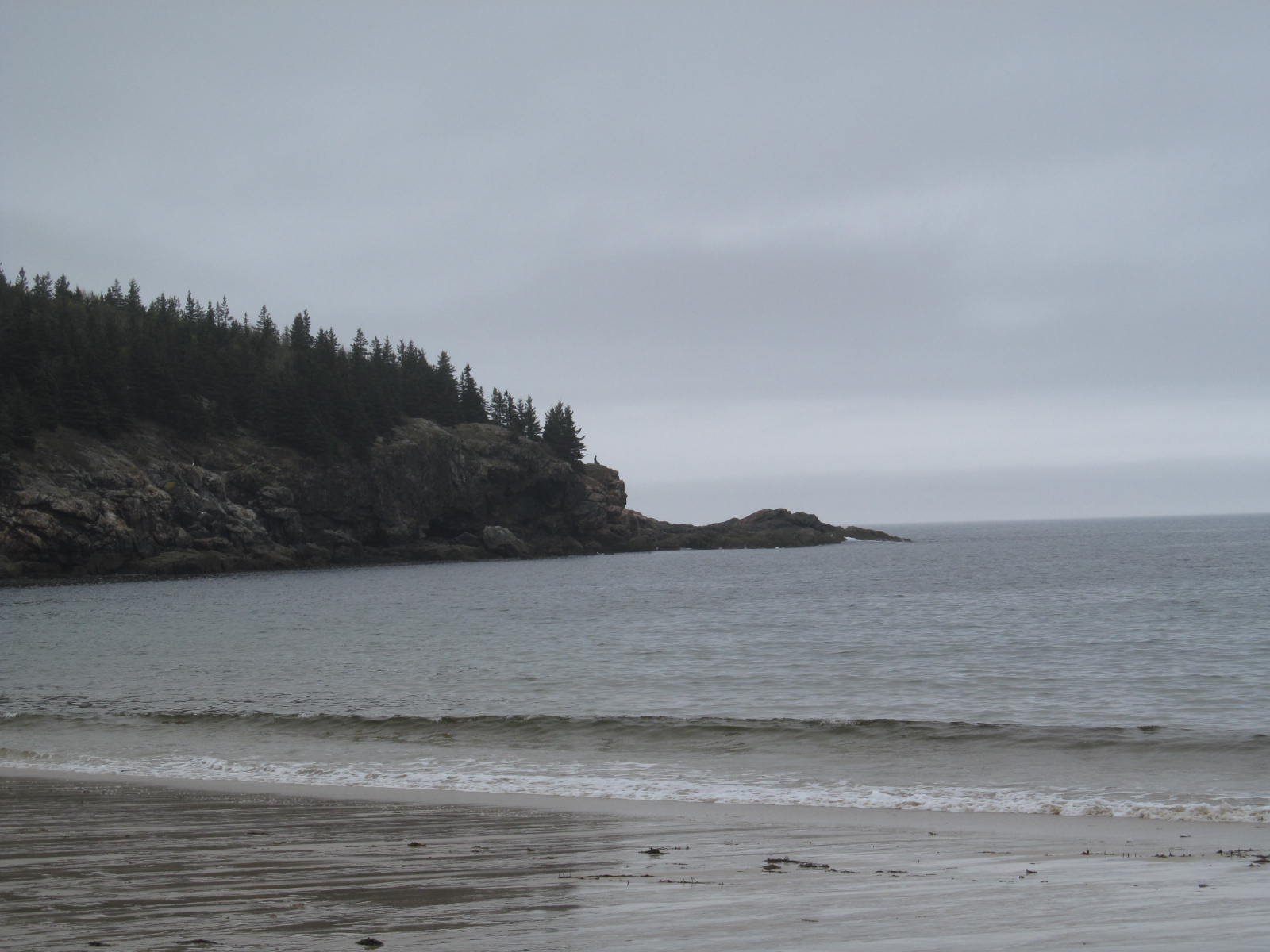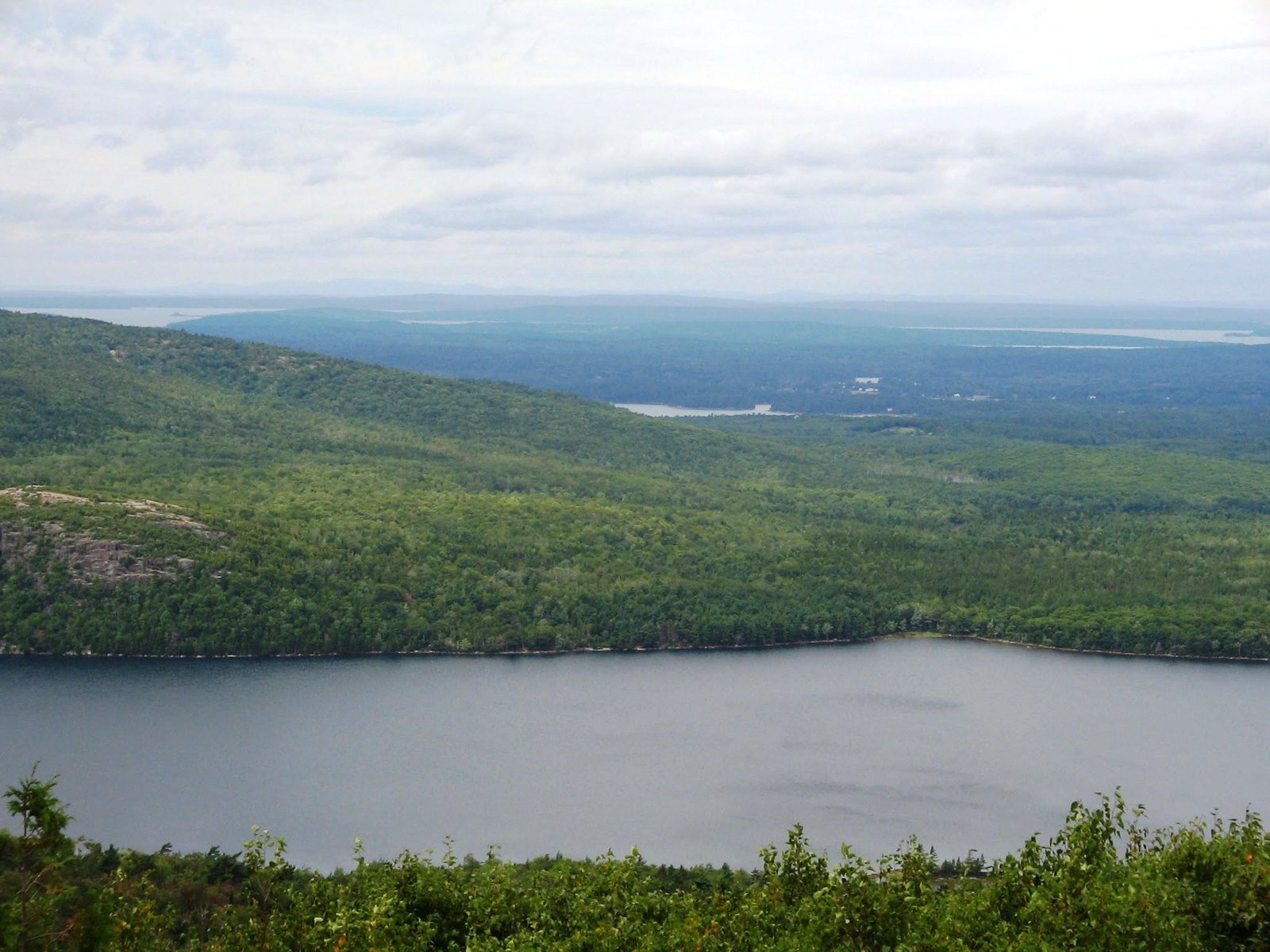Acadia National Park, a renowned eBird hotspot, offers diverse habitats for birdwatching enthusiasts. With over 170 species recorded at popular locations like Cadillac Mountain and Ocean Path, the park provides year-round opportunities for birders. From coastal seabirds to mountain-dwelling raptors, Acadia’s varied ecosystems attract a wide array of avian species, making it a prime destination for birdwatchers of all levels.
What Makes Acadia National Park an eBird Hotspot?

Acadia National Park’s status as an eBird hotspot is well-deserved, thanks to its unique geographical features and diverse ecosystems. The park’s combination of coastal areas, forests, and mountains creates a variety of habitats that attract numerous bird species. Here are some key factors that contribute to Acadia’s popularity among birders:
- Diverse habitats
- Strategic location along migration routes
- Well-maintained trails and observation points
- Active birding community contributing to eBird data
Which Are the Top Birding Locations in Acadia National Park?

Acadia National Park boasts several prime birding locations, each offering unique opportunities to observe different species. Here are the top spots for birdwatching:
- Cadillac Mountain
- GPS Coordinates: 44.3533, -68.2253
- Species count: 171
- Notable species: Turkey Vulture, Black-capped Chickadee, Snow Bunting
-
Best for: Raptors and high-elevation species
-
Ocean Path
- GPS Coordinates: 44.2922, -68.1844
- Species count: 151
-
Best for: Seabirds and coastal species
-
Schoodic Point
- GPS Coordinates: 44.3364, -68.0567
- Notable species: Bald Eagles, Black Scoters
- Best for: Seabirds and shorebirds
What Bird Species Can Be Observed in Acadia National Park?
Acadia National Park is home to a wide variety of bird species. Here’s a table showcasing some of the notable birds you can expect to see:
| Location | Common Species | Rare or Seasonal Species |
|---|---|---|
| Cadillac Mountain | Black-capped Chickadee, Dark-eyed Junco | Snow Bunting, Sharp-shinned Hawk |
| Ocean Path | Common Eider, Herring Gull | Razorbill, Atlantic Puffin (offshore) |
| Schoodic Point | Bald Eagle, Black Scoter | Harlequin Duck, Purple Sandpiper |
When Is the Best Time to Visit Acadia National Park for Birding?
The best time to visit Acadia National Park for birding depends on the species you’re hoping to observe. Here’s a seasonal breakdown:
- Spring (April-May): Peak migration period, excellent for warblers and other songbirds
- Summer (June-August): Breeding season for resident species
- Fall (September-November): Fall migration, good for raptors and seabirds
- Winter (December-March): Opportunity to see winter residents and hardy year-round species
How Can I Contribute to eBird Data at Acadia National Park?
Contributing to eBird data at Acadia National Park is easy and valuable for the birding community. Here’s how you can participate:
- Create an eBird account if you don’t have one
- Download the eBird mobile app for easy data entry in the field
- Start a new checklist when you begin birding at a specific location
- Record all birds you can identify by sight or sound
- Submit your checklist, including the duration of your birding session and distance covered
By contributing your observations, you help build a comprehensive database that aids in conservation efforts and enhances our understanding of bird populations in Acadia National Park.
What Equipment Should I Bring for Birding in Acadia National Park?
To make the most of your birding experience in Acadia National Park, consider bringing the following equipment:
- Binoculars (8×42 or 10×42 recommended)
- Field guide or bird identification app
- Camera with telephoto lens (optional)
- Spotting scope for distant seabirds (optional)
- Weather-appropriate clothing and sturdy hiking shoes
- Water and snacks
- Sun protection (hat, sunscreen, sunglasses)
- Insect repellent (especially during warmer months)
Are There Any Guided Birding Tours Available in Acadia National Park?
Yes, there are several options for guided birding tours in Acadia National Park:
-
Park Ranger Programs: The National Park Service occasionally offers free guided bird walks led by knowledgeable rangers.
-
Local Tour Operators: Several local companies offer specialized birding tours, including:
- Down East Nature Tours
- Acadia Birding Festival guided walks (annual event)
-
Bar Harbor Whale Watch Company (pelagic birding trips)
-
Acadia Birding Festival: This annual event offers numerous guided walks and workshops led by expert birders.
Prices for guided tours can range from free (park programs) to $50-$150 or more for half-day or full-day private tours.
What Challenges Might I Face While Birding in Acadia National Park?
While birding in Acadia National Park can be rewarding, there are some challenges to be aware of:
- Weather: Acadia’s weather can be unpredictable, with sudden fog, rain, or wind changes.
- Terrain: Some birding locations, like Cadillac Mountain, involve hiking on rugged terrain.
- Crowds: Popular spots can get busy, especially during peak tourist season.
- Limited Access: Some areas may have restricted access during nesting seasons.
- Ticks: Be aware of tick-borne diseases and take appropriate precautions.
How Can I Prepare for a Successful Birding Trip to Acadia National Park?
To ensure a successful birding trip to Acadia National Park, follow these tips:
- Research target species and their habitats beforehand
- Check recent eBird reports for the area
- Plan your visit around peak migration times if possible
- Familiarize yourself with park rules and regulations
- Prepare for variable weather conditions
- Arrive early at popular spots to avoid crowds
- Consider joining a guided tour for expert insights
- Practice ethical birding by respecting wildlife and habitats
By following these guidelines and leveraging the resources available through eBird, you can make the most of your birding experience at the eBird hotspot Acadia National Park.

